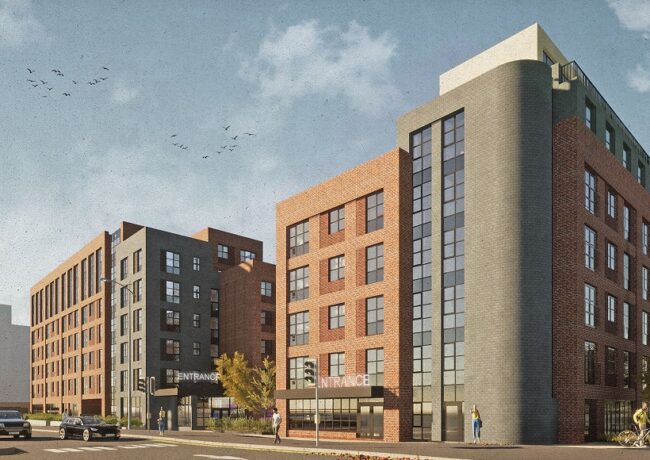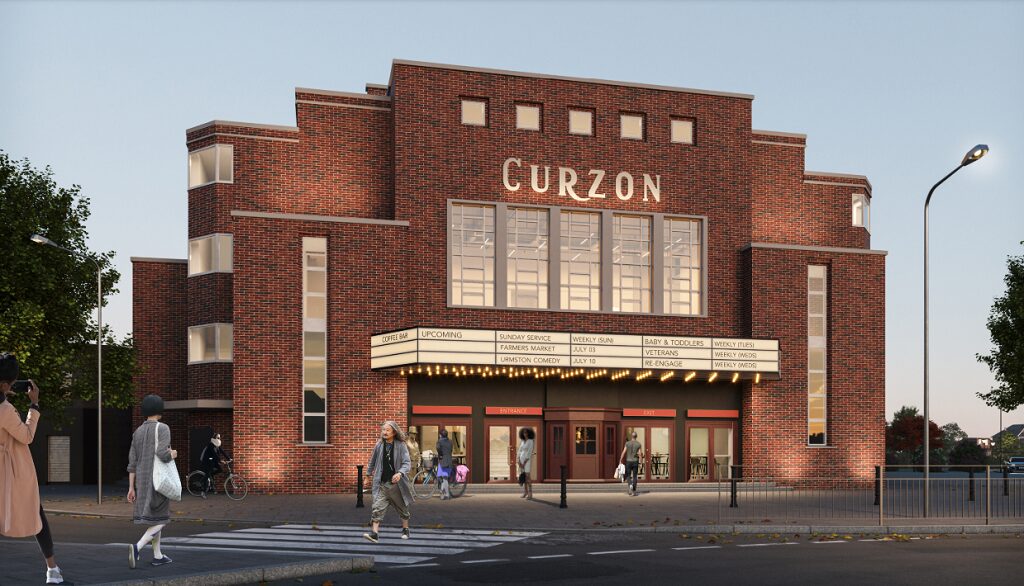Oldham plots future for 64 mill sites
The local authority said that it can reduce Green Belt development by delivering 800 homes on the brownfield sites.
Oldham Council has now published its mills strategy document, setting out how its collection of historic buildings can play an important part in the borough’s future.
In total, seven sites have been picked out as having the potential for delivery within five years: Elm Mill, Lily Mills, Greenfield Mills, Jubilee Mill, Jubilee Mill (Fulling), Prince of Wales Mill and Thornham Mill.
The study was commissioned by the council and Historic England and has been used to reduce Oldham’s Green Belt allocations in the pan-Greater Manchester Places for Everyone plan.
Cllr Hannah Roberts, cabinet member for housing and planning, said: “The Mills Strategy underlines our commitment to brownfield-first development.
“It has been highlighted as an exemplar of the way we should be taking things forward and looking at the contribution mills can make to the future of Greater Manchester, including providing much-needed new homes and employment space.”
The market for mill sites
Oldham’s status as the fulcrum of UK cotton-spinning has left it with a legacy of redundant or under-used mills, several of which have been traded in recent years.
Renaker subsidiary Kellen Homes won consent in November for 99 homes at the Vernon Works site in Royton, having bought it for £3.5m from the Character Group.
A month earlier, MCI and Great Places Housing bought the Maple Mill site for a £14m development. Plans also came forward for one of the sites named above, Thornham Mill, in 2021.
Cllr Roberts continued: “Mills represent a significant part of our heritage, they are the reason why Oldham is here as a place.
“But equally hardly any are used for their original purpose. While many do provide employment opportunities, mainly for Oldham people, and some have been repurposed for homes, the Mills Strategy takes a really considered look at all of the mills across the borough to explore how they can play an integral part in our future needs.”
The breakdown
Sixty four mills are included, including seven cluster areas.
The study examines which of the town’s mills could be repurposed. ELG Heritage & Planning, supported by Martin Wooley Landscape Architects, appraised each mill and mill cluster using criteria including architectural characteristics, condition, accessibility and current use.
Each site has then been categorised high, medium and low priority.
In total, 22 mills have been classed as high priority – meaning a clear presumption against their loss or demolition would apply – and 26 as medium priority, offering greater flexibility. The low value mills are regarded as offering little benefit to their community as they stand.
Of the seven sites named as developable in the short term, six are classed as medium priority, and one as low – the Prince of Wales Mill.
In terms of their architectural or historic interest, 16 mills were classed as high value, and 14 as low value.
In housing potential, 31 were classed as low-value, 25 as medium and eight as high value. For employment use, 52 are rated as high or medium value, unsurprisingly as many are already used for low-cost commercial operations.
Any mill sites that could accommodate new homes are now part of Oldham’s Strategic Housing Land Availability Assessment – a technical document which identifies land that might have potential for housing at some stage in the future.
Of the 64 ills, 36 were classed by MWLA as being of high value to Oldham’s landscape character.
Catherine Dewar, regional director at Historic England, said: “I’m thrilled that Oldham Council is committed to celebrating and conserving their famous mills, and it’s telling that other local authorities are already sitting up and taking notice of this trailblazing effort.”
The full mills strategy is available to view online.





Mills can make fantastic accommodation just look how successful conversions have been in Manchester. Oldham should convert as many as possible to residential
By Jon P
Agree with the above comment and would be a benefit to see Juliet / proper balconies sometimes if this can be accommodated without harming the character
By Mike
I think they are an eye sore now especially with most of them not being used. They hinder nice views so I disagree with making them into flats. It’s a great idea to save our green belt areas.
By Dawn Southern
Is there a list of the mills that will be knocked down?
By Barbara